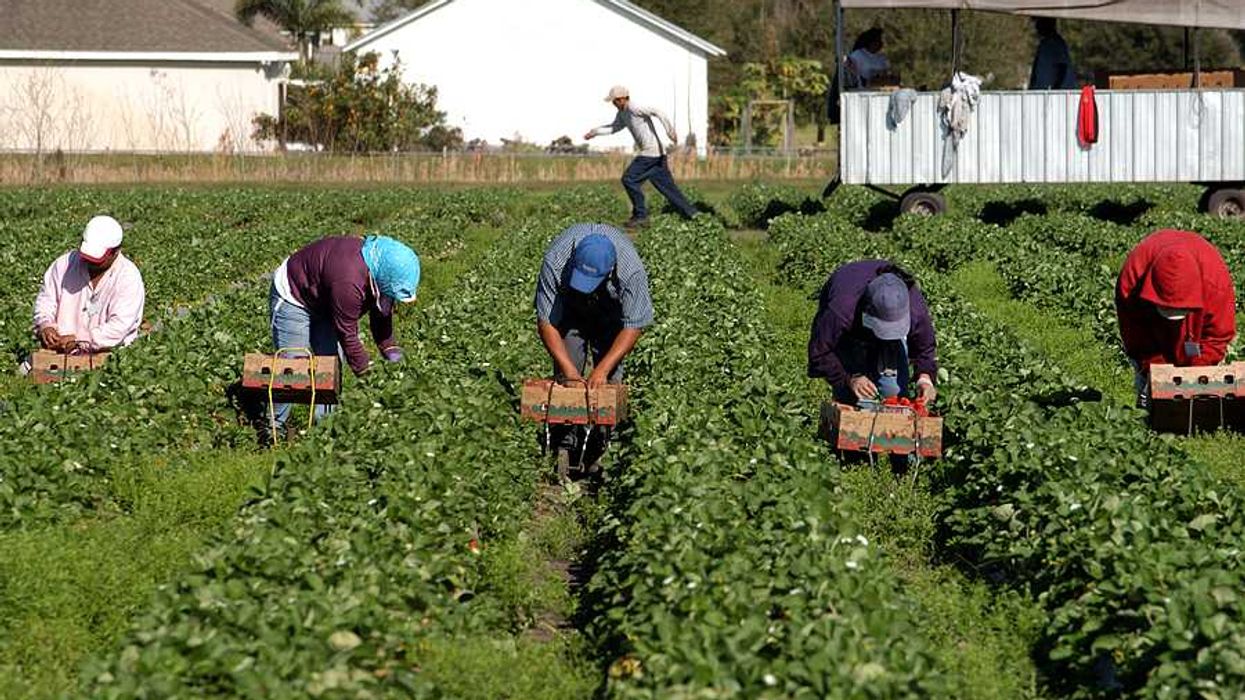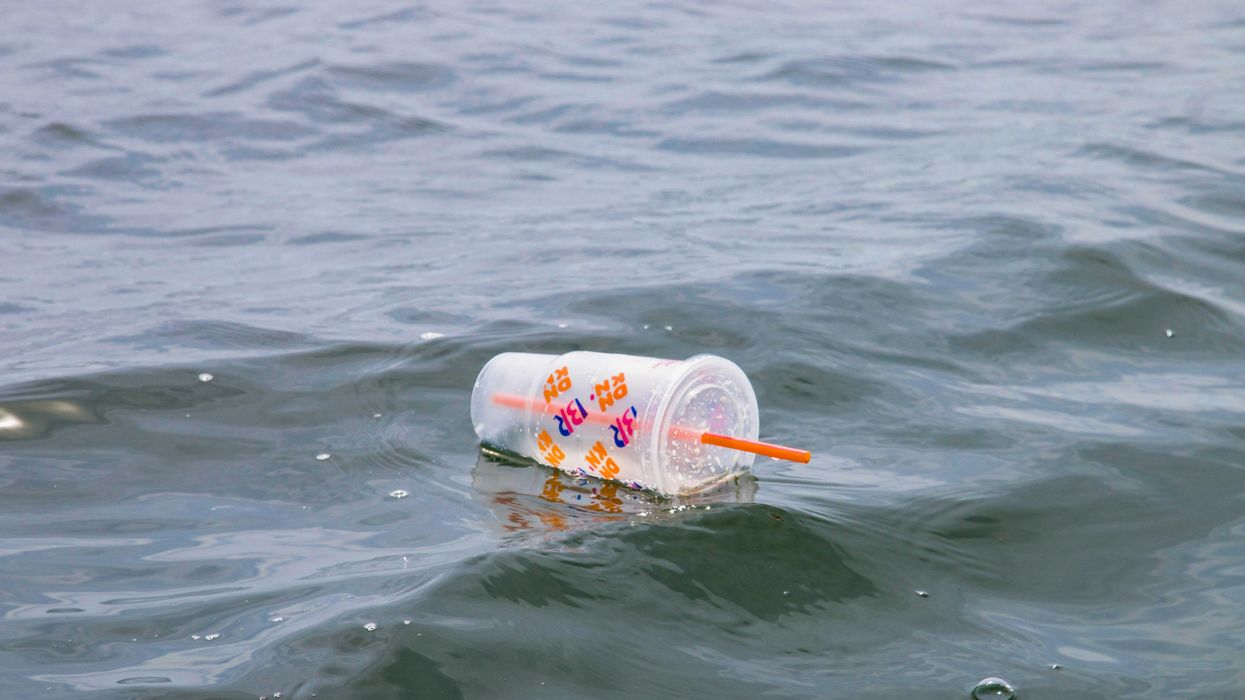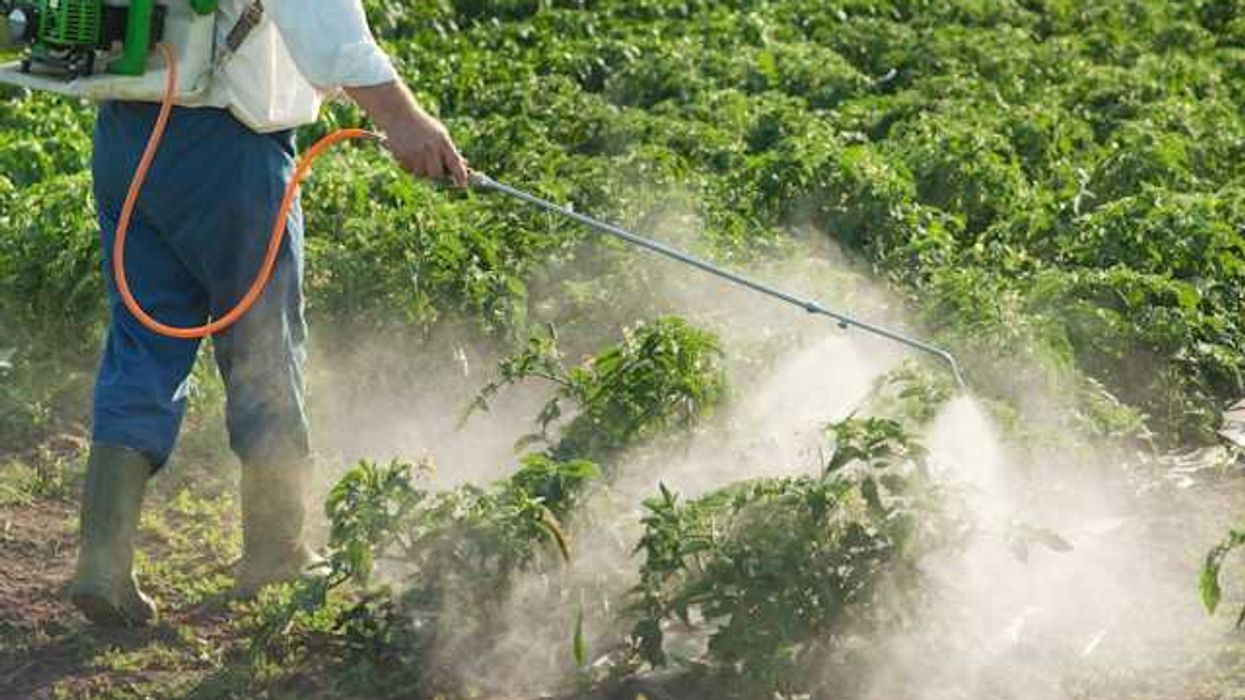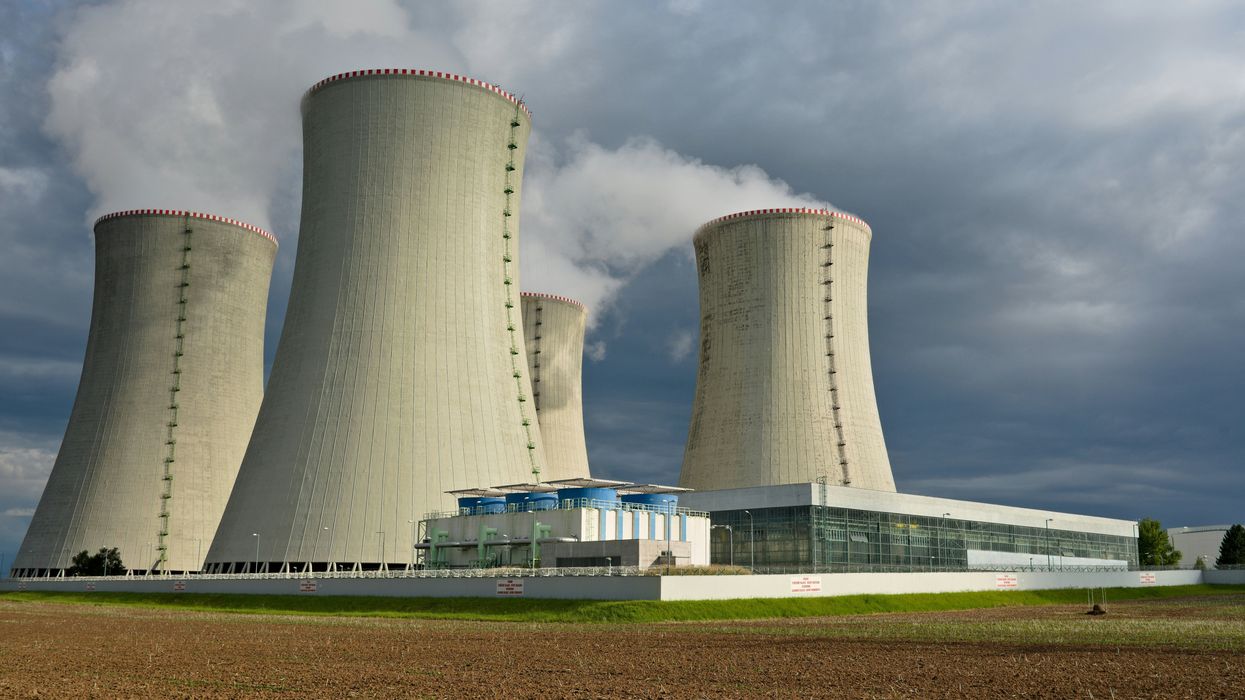Fifty years after the widespread contamination of animal feed left 6.5 million Michigan residents exposed to polybrominated biphenyl (PBB) flame retardants, a new study published in Environmental Health Perspectives examines the chemical’s long-term health impacts over multiple generations.
In short:
- Among individuals directly exposed to PBBs in animal products, long-term effects included altered thyroid and liver function, impacts to the menstrual cycle, and an increased risk of cancer, including lymphoma, breast, and digestive cancers.
- Researchers have also been able to measure second generation impacts on children exposed to the chemical in utero and through breast feeding.
- These multigenerational impacts included accelerated puberty and an earlier first period for girls, slower puberty development in boys, and an increased risk for miscarriage among the daughters of exposed women.
Key quote:
“The experience of this unique cohort adds to the growing evidence that effects of EDCs [endocrine disrupting chemicals] – and environmental exposures generally – depend both on the dose and timing of exposure … with the most damaging effects resulting from exposures during fetal development and before puberty.”
Why this matters:
Michigan residents’ original exposure to PBB occurred between 1973 and 1977, and a year later, the chemical was detected in 97% of residents tested. Production of PBBs ended after the Michigan disaster, but the chemicals were found in 77% of sampled Americans as recently as 2014, although at lower levels than were seen during the disaster. The experience of those exposed in Michigan highlights the wide-ranging and multigenerational health impacts of EDC exposures, and underscores the critical need to understand chemicals’ full health impacts before they are produced and put into use.
Related EHN coverage:
- Supposedly “safe” flame retardants become more toxic when they break down
- Flame retardant chemicals linked to increased risk of cancer-related death
More resources:
- Emory University: Michigan PBB registry
- State of Michigan: FAQs about the Michigan Long Term PBB Study and Emory University PBB study
- Green Science Policy Institute: Resources on flame retardants
Hoffman, Susan et al. for Environmental Health Perspectives. Apr. 28, 2025
- EPA completes another phase of cleanup at Michigan Superfund site ›
- One Michigan county tells the story of a nation plagued by water pollution ›
- Citizen panel helps mid-Michigan town recover from decades of contamination ›
- "Here we are again:" Decades after PBB crisis, echos seen in current PFAS crisis ›

























